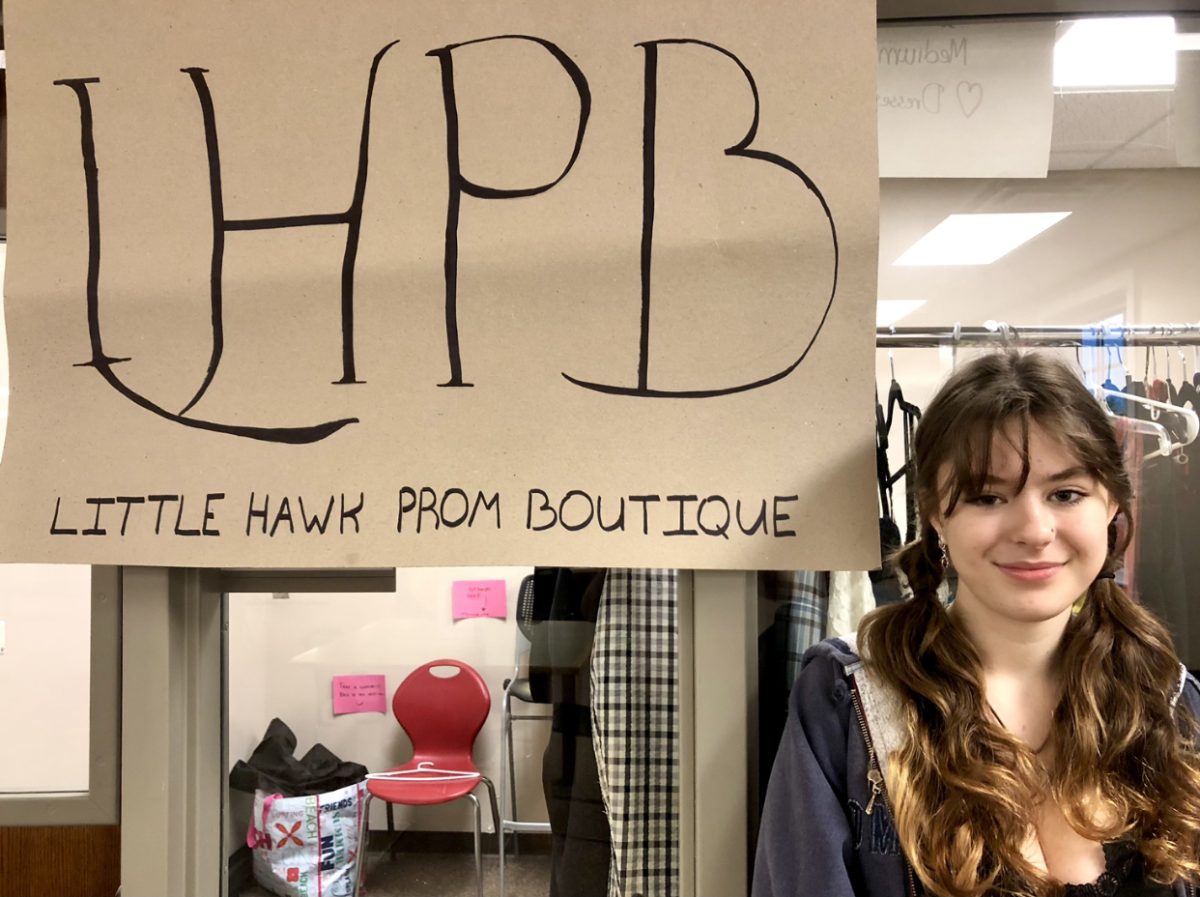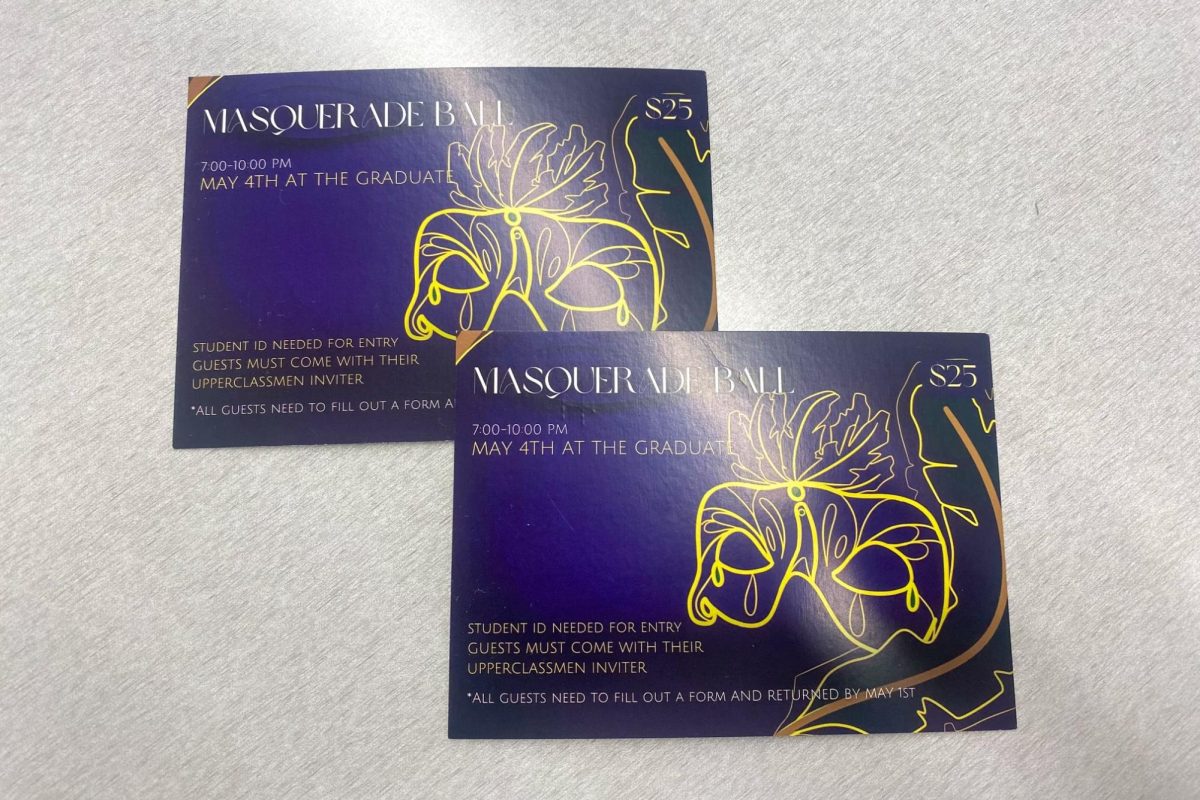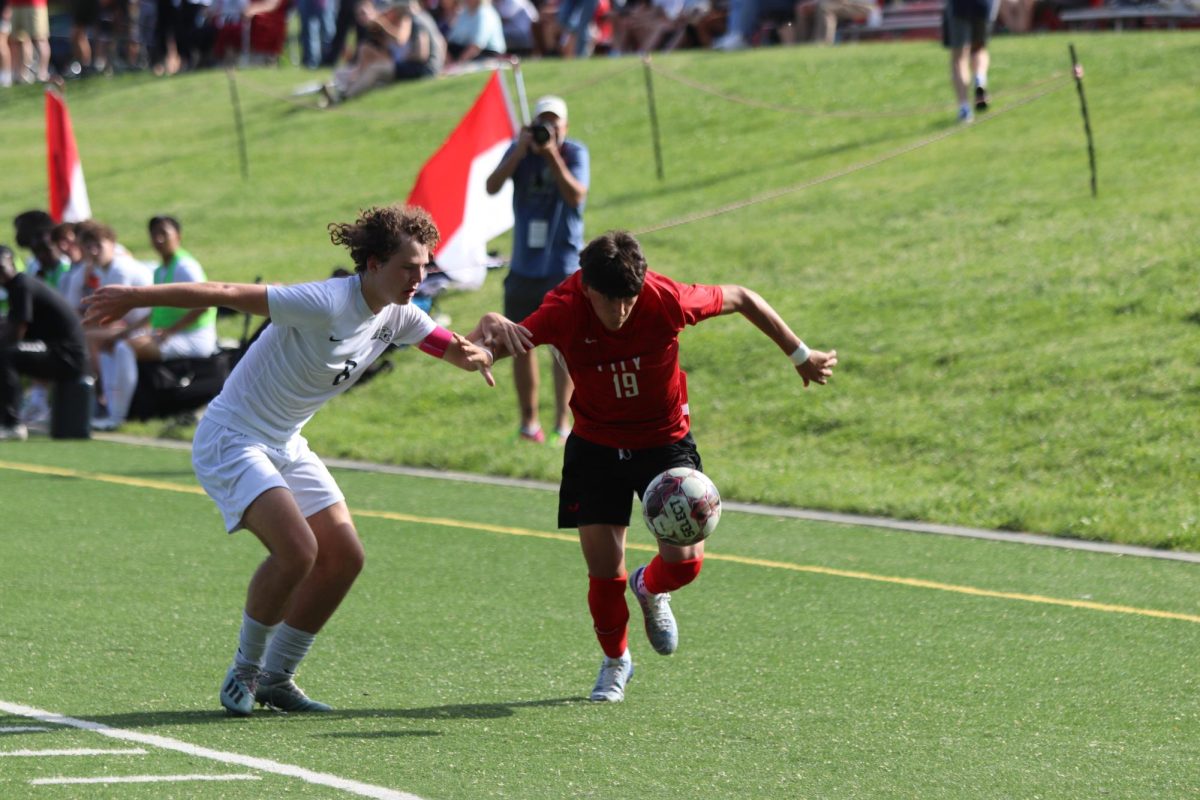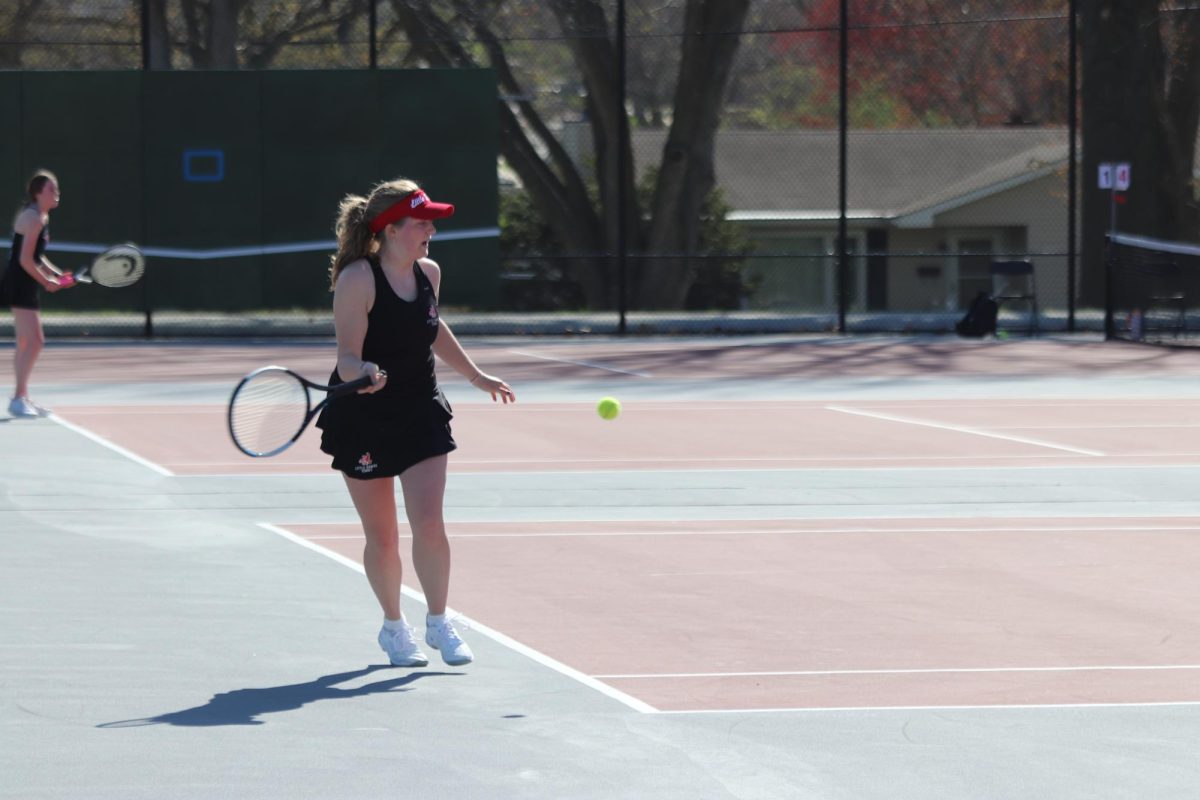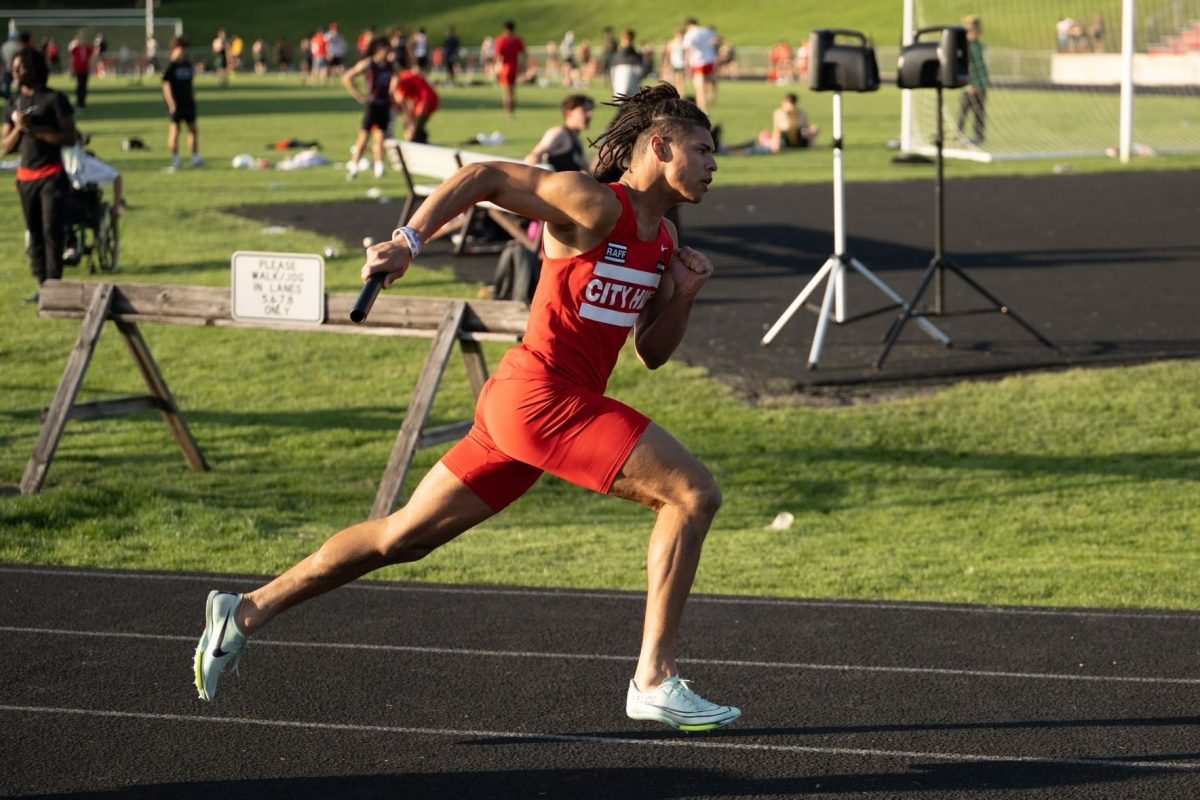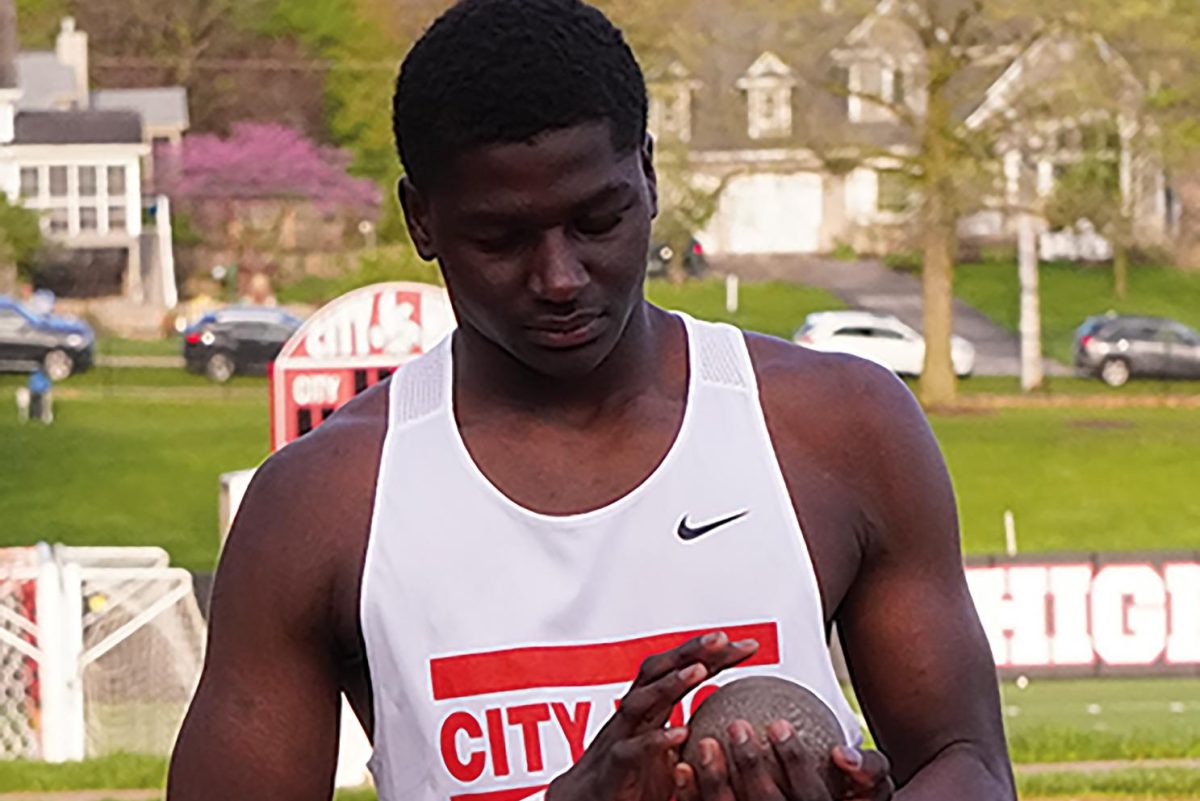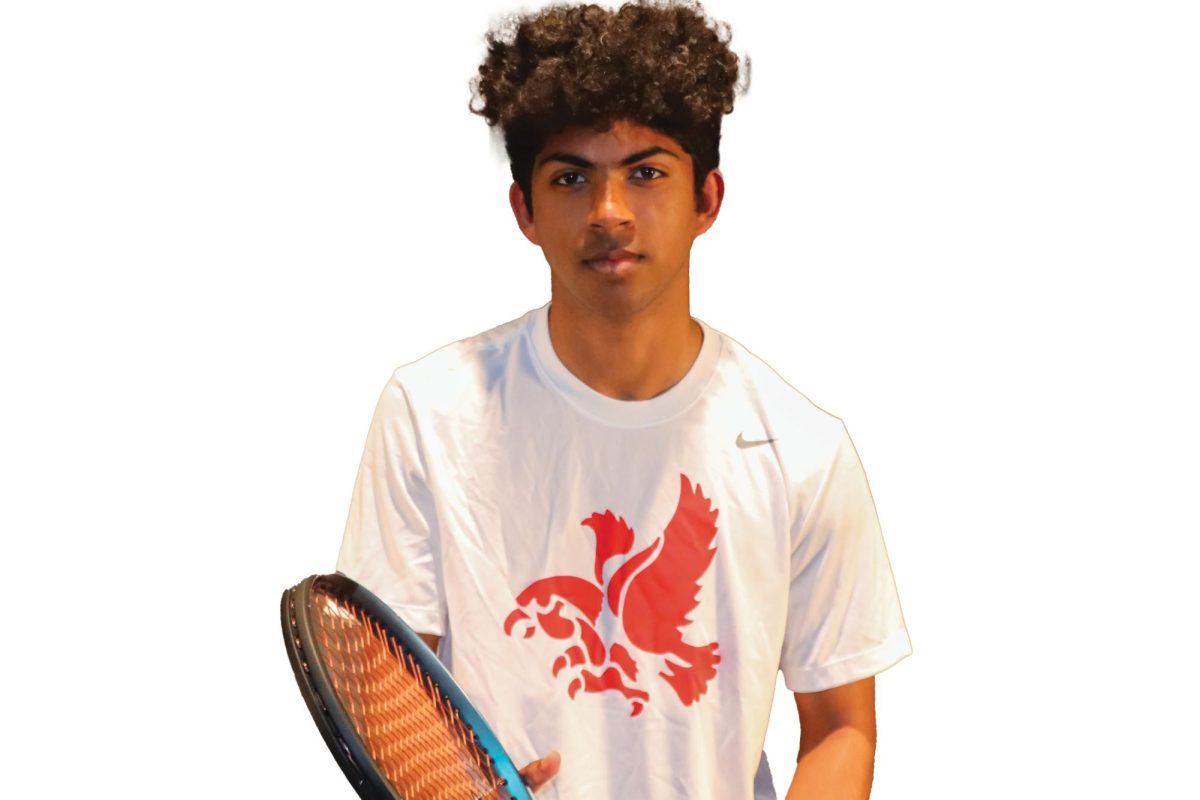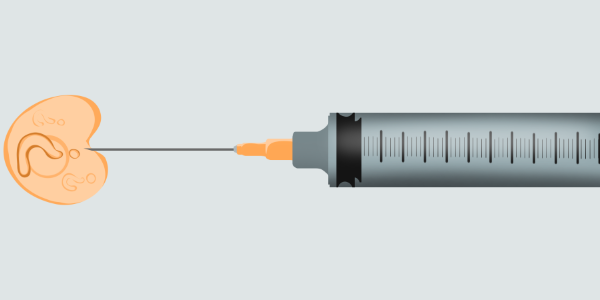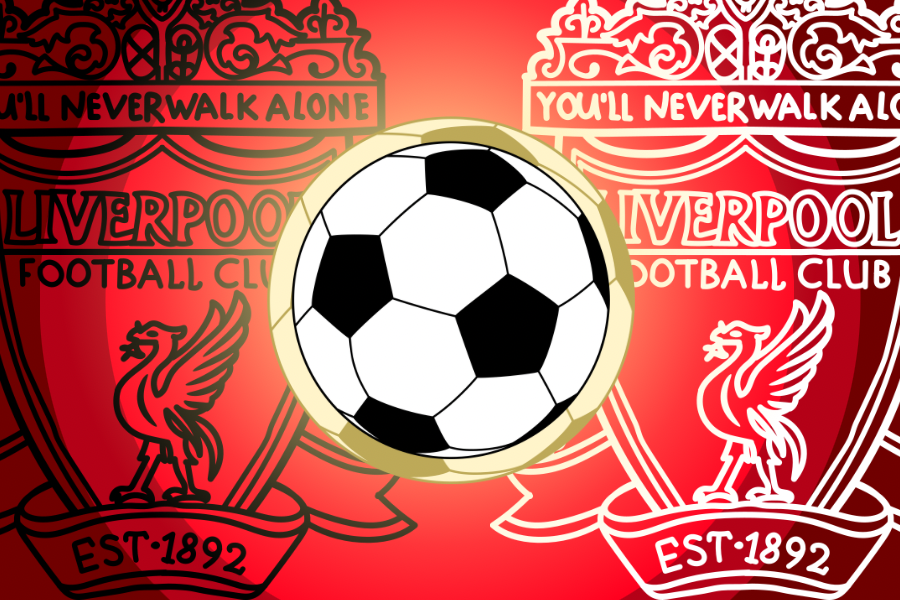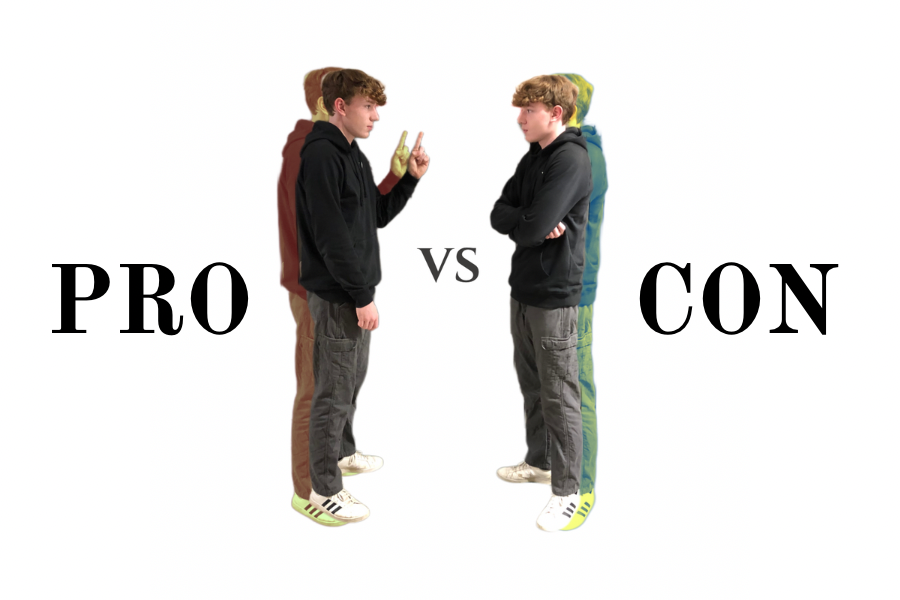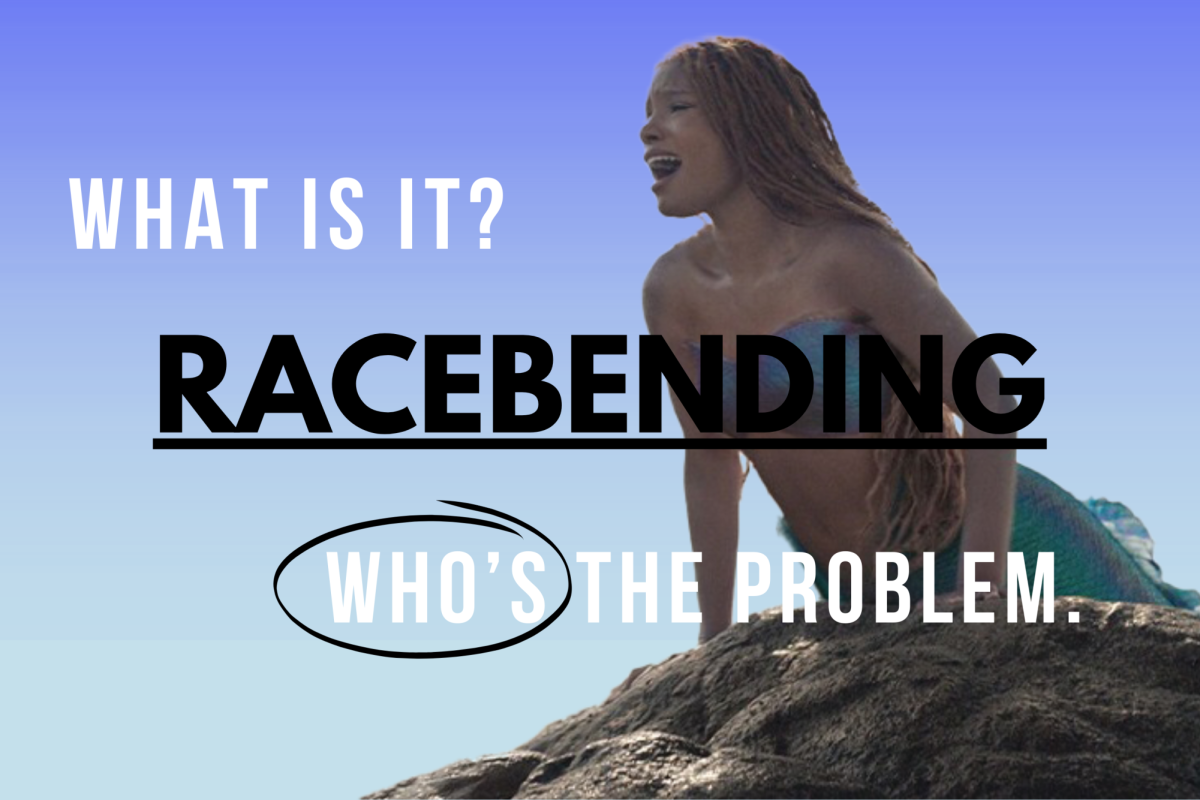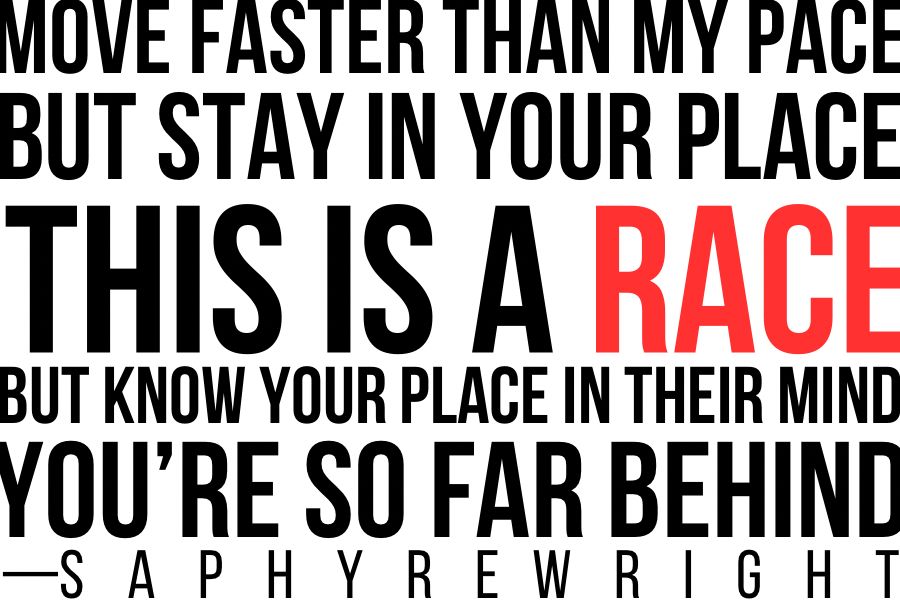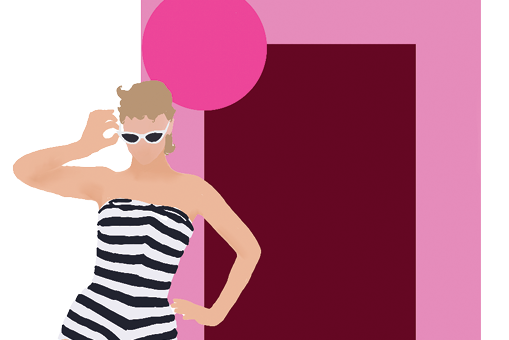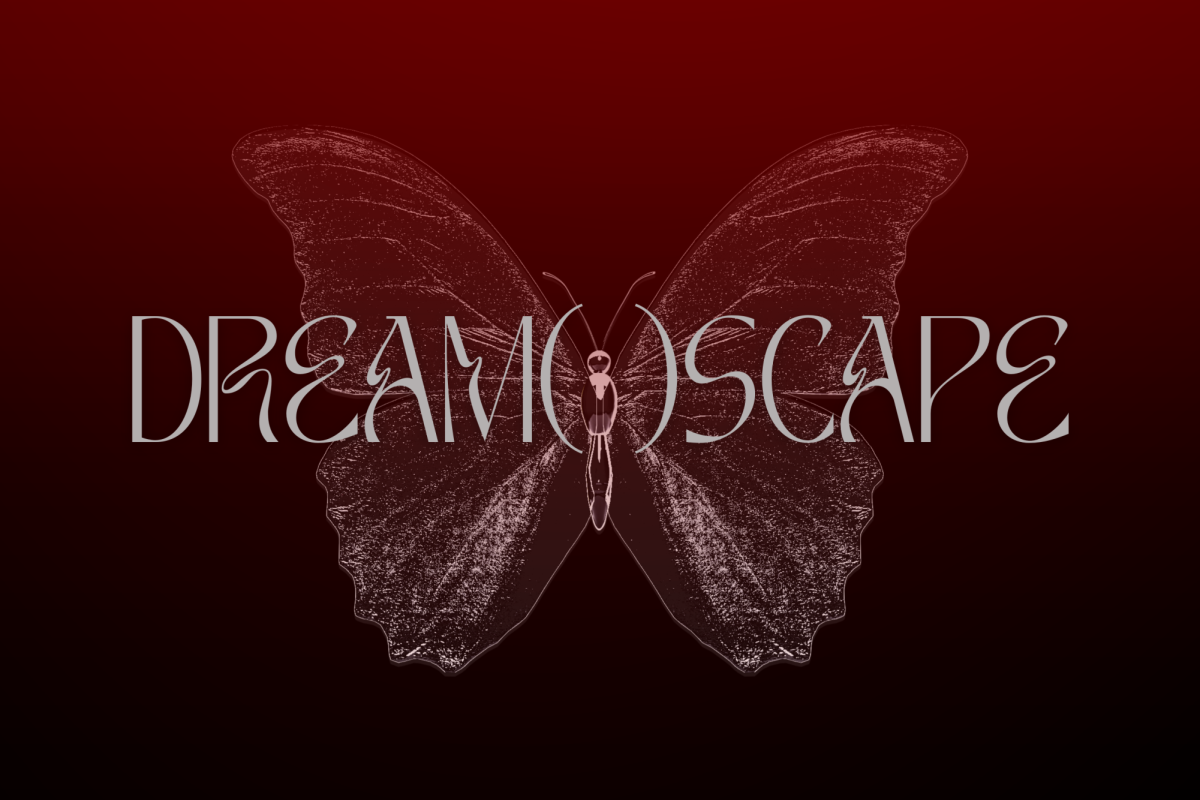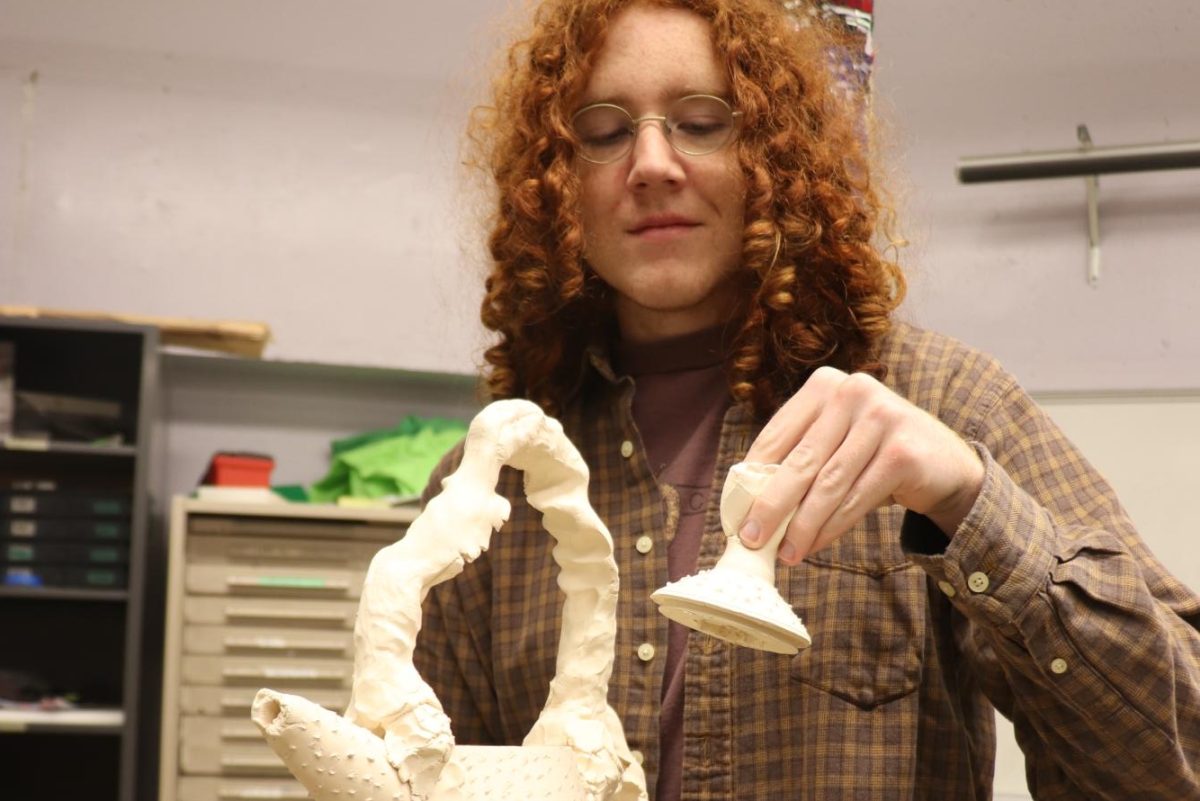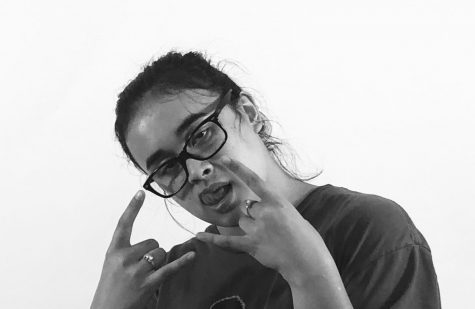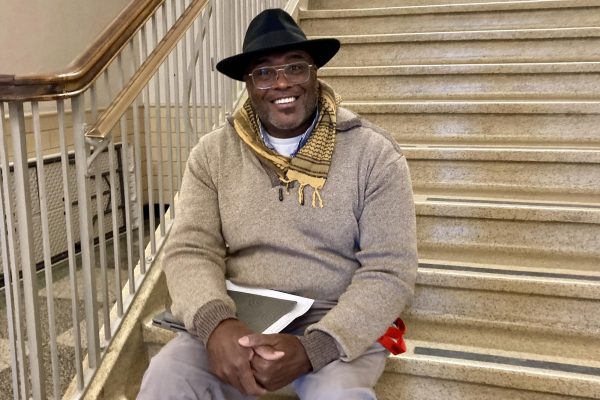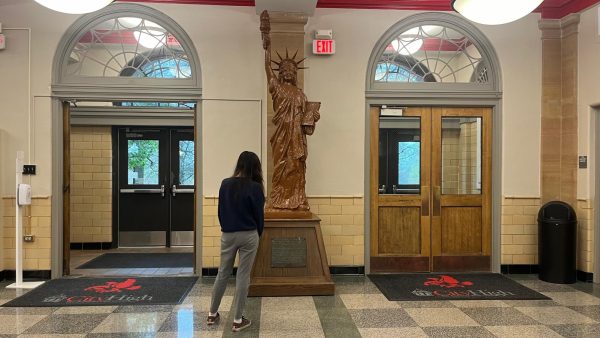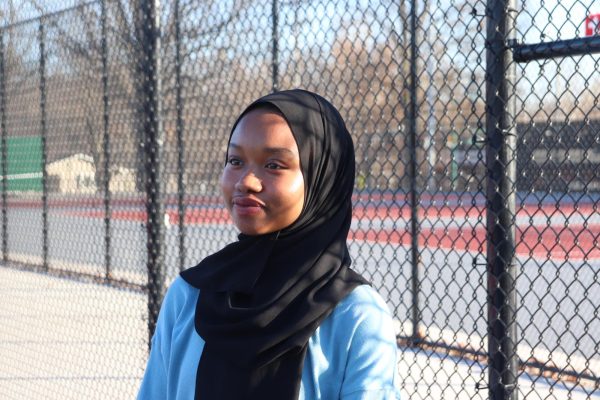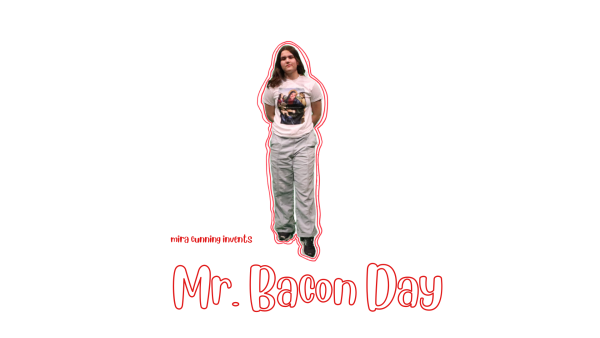Girl-On-Girl Hate
The stories of girl-on-girl hate and how it has effected City High Students
November 15, 2019
According to Psychology Today, a study which examined why women may be hypercritical of each other, found that they may be more sensitive to social exclusion than men. Therefore, their first response to feeling threatened with exclusion can be excluding another.
In the past, Portia Klefstad ‘20 believes that she degraded another girl out of jealousy. However, she believes that hate specifically between females does not stop at exclusion.
“[I degraded another girl because] I just wanted to make it seem like we were the same person or [like] I was [similar to] her. It definitely came from from jealousy,” Klefstad explains.
Klefstad has faced situations where girls judge another girl’s looks, being a comment on social media or in the hallways at school.
“I feel like [girl-on-girl-hate] is all about appearances,” Klefstad expresses.
In her own experiences, Klefstad, has received some hurtful comments about her body.
“There were a couple of girls in Southeast [that made] weight a big thing. Having a thigh gap or not, and if you were over 100 pounds, which I was,” Klefstad recalls about her time at Southeast Junior High.
In a similar situation, Sophia Strathearn ‘21 has experienced hurtful words and actions about her appearances at Northwest Junior High.
“In choir there were people behind me that were pulling my hair. When I turned around, they’d giggle and say, ‘I didn’t do it.’ It was [to] make fun of my curly hair,” Strathearn recalls.
Similar to Klefstad, Strathearn believes the degrading terms or actions root from jealousy, which explains the jabs at physical appearances between girls.
“I find that the majority of female criticism actually stems from feeling inadequate in an area of life they value highly,” said Seth Meyers, a clinical psychologist writing for Psychology Today.
However forms of hate do not only exist in person. Amelia Lang-Fallon ‘23 talks about how she sees posts made by girls on social media about other girls.
“The internet is obviously a big [place of hate] because people can hide behind usernames,” Lang-Fallon said. “[When I see negative comments], I try to figure out what happened because I don’t think people should [post online just because they’re mad],” Lang-Fallon said.
While hate spread using the internet, people also see positivity being spread.
“I follow lots of Instagram accounts were if somebody comments something mean, everybody in the comments says that it is not true,” Klefstad said.
However despite what may be positive, Lang-Fallon still feels that the biggest facit to this problem is the internet.
“I don’t know if there is an immediate solution to girl-on-girl hate because so much of it is words online,” Lang-Fallon said. “It’s a complicated problem because there’s no direct solution.”
According to some, the overarching problem of girl-on-girl hate could just be a reflection of society.
“I really think [the level of hate] depends on the society. Right now our society is kind of bad; there are a lot of stereotypes,” Lang-Fallon said. “I think a lot of girl-on-girl hate would disappear if our society became more accepting. I think hate just becomes the norm.”
The wage gap and the lack of women employed in high ranking professions is prompting more competition between females.
According to Psychology Today, research shows that women feel that they have to work hard to secure a place in society. This can take the form of exclusionary actions between women.
With the competition in the work field, women tend to fight for their place in society. Even if it means that they have to tear down another woman in order to achieve that.
“Degrading another girl isn’t and it can’t be an outlet for [someone] to deal with whatever is going on in their life, because in the end, they’re making somebody else feel bad about themselves,” Klefstad said.



